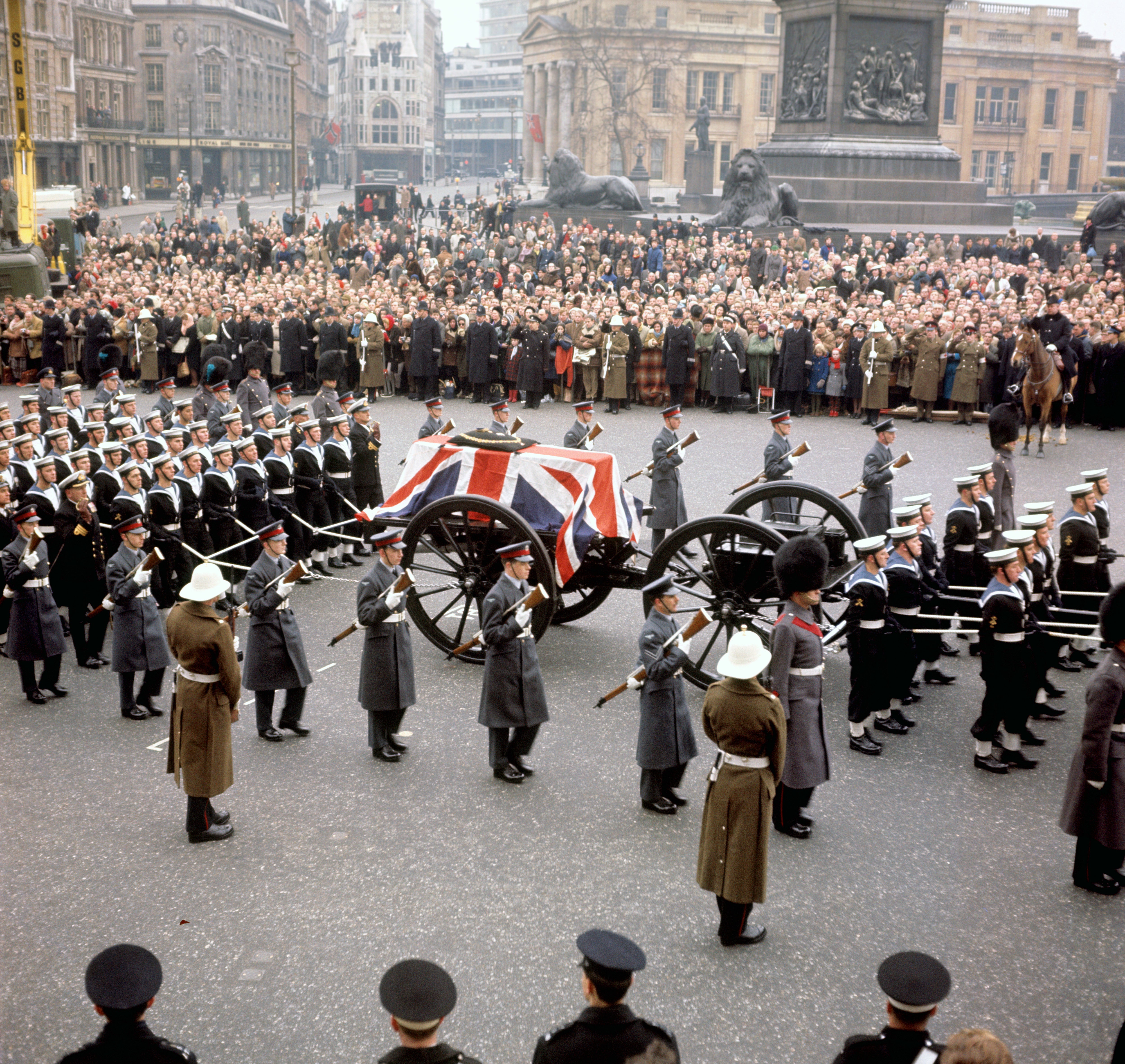Queen’s state funeral will be UK’s first for more than half a century
The last state funeral in the UK was held for wartime prime miniser Sir Winston Churchill in 1965.

Your support helps us to tell the story
From reproductive rights to climate change to Big Tech, The Independent is on the ground when the story is developing. Whether it's investigating the financials of Elon Musk's pro-Trump PAC or producing our latest documentary, 'The A Word', which shines a light on the American women fighting for reproductive rights, we know how important it is to parse out the facts from the messaging.
At such a critical moment in US history, we need reporters on the ground. Your donation allows us to keep sending journalists to speak to both sides of the story.
The Independent is trusted by Americans across the entire political spectrum. And unlike many other quality news outlets, we choose not to lock Americans out of our reporting and analysis with paywalls. We believe quality journalism should be available to everyone, paid for by those who can afford it.
Your support makes all the difference.The Queen’s funeral will, according to tradition, be a state funeral, a rare honour mostly reserved for the sovereign.
The only monarch not to be given a state funeral in the last 295 years was Edward VIII, who abdicated.
State funerals have, on rare occasions, by order of the monarch and by a vote in Parliament providing the funds, been held for distinguished figures including Sir Isaac Newton, Lord Nelson, the Duke of Wellington and wartime prime minister Sir Winston Churchill.
The last state funeral in the UK was Churchill’s in 1965.
The last state funeral for a sovereign was for the Queen’s father, George VI, in 1952.
State funerals are the responsibility of the Earl Marshal and the College of Arms, and are publicly funded.
To the outsider, there is little difference between a state funeral and a ceremonial one.
Both can include a lying in state – as the Queen Mother’s did – and a military procession.
But a state funeral may require a motion in Parliament for a non-sovereign, and the gun carriage bearing the coffin is pulled by Royal Navy ratings – sailors – using ropes, rather than horses – a tradition which started after Queen Victoria’s funeral in 1901.
Ceremonial royal funerals are held for members of the royal family who hold high military rank, for the consort of the sovereign and the heir to the throne.
The Duke of Edinburgh was given a ceremonial royal funeral in 2021, as was the Queen Mother in 2002.
Diana, Princess of Wales, was also given a form of ceremonial royal funeral in 1997, despite no longer being an HRH.
Baroness Thatcher’s funeral in April 2013 was a ceremonial funeral with full military honours, with her coffin taken in procession to St Paul’s Cathedral on a gun carriage drawn by six black horses.
Benjamin Disraeli was reportedly offered a state funeral, but declined it in his will.
Members of the royal family can also be given a private royal funeral, which is usually undertaken for all other members of the royal family, their children and spouses, and which is, like the ceremonial royal funeral, under the direction of the Lord Chamberlain.
The Duke of Windsor, who abdicated as Edward VIII, was given a private royal funeral in 1972, although the Garter King of Arms proclaimed words during the service usually reserved for a state funeral and declared him “sometime the most high, most mighty and most excellent monarch Edward VIII”.
He was the only sovereign not to have a royal state funeral since 1727, when George I died and was buried abroad.